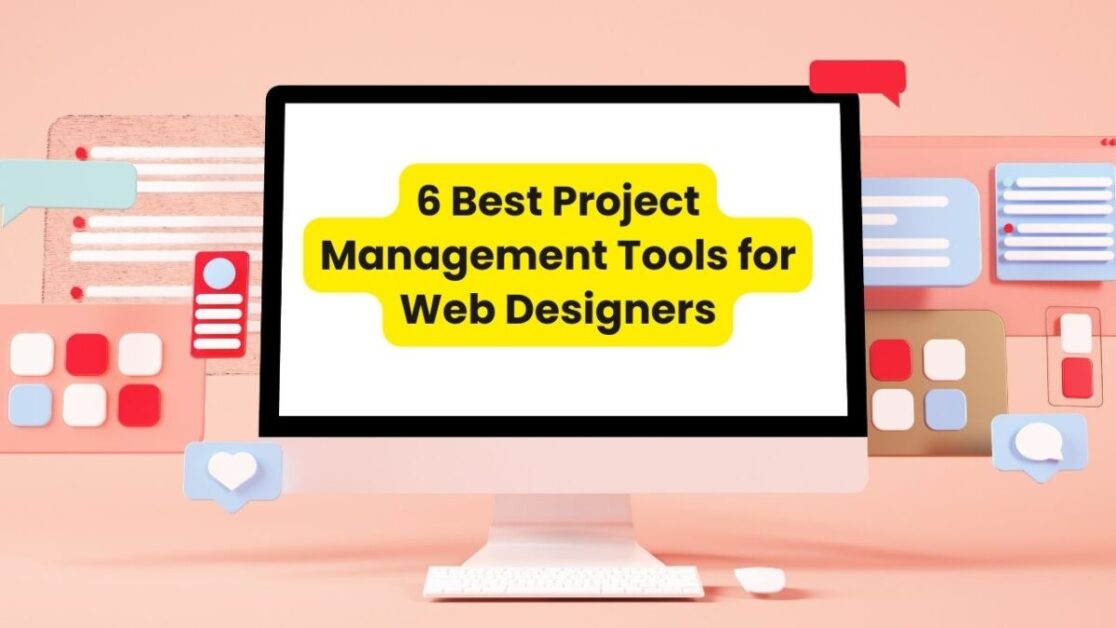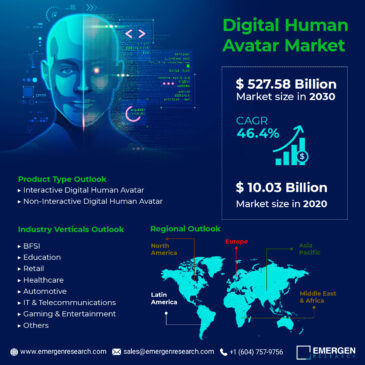![]()
Designing websites is more than just creating prototypes. The process involves user research, stakeholder collaboration, and competitive analysis for a significant impact.
To do this, designers need collaborative and productive project management tools and resources. In this article, we will get a brief overview of each project management tool in the market and how you can use them to streamline your creative work and increase efficiency.
Adobe Creative Cloud
Most designers think Adobe Creative Cloud is suitable more for designing and less for managing. What you don’t realize is the platform offers multiple features to help them organize their design assets. Here’s is a brief overview of how Adobe Creative Cloud allows you to create and manage your design projects effectively:
- Centralized Asset Management: Creative Cloud Libraries provide a centralized location to store and organize design assets, such as logos, icons, colors, and fonts. Web designers can easily share and collaborate on these assets with team members, ensuring consistency and efficiency in design workflows.
- Collaboration and Feedback: Designers can share their work using cloud-based storage or features like Share for Review in Adobe XD, allowing real-time commenting and feedback. This streamlines the feedback process, reducing the need for lengthy email chains or separate feedback tools.
- Version Control and Iteration Tracking: Creative Cloud’s version control features help web designers easily compare different versions of a design, revert to previous versions if needed, and maintain a history of changes.
Basecamp
Most project management platforms come with complex features. If you need something with a friendly UI and ef, Basecamp is the perfect choice. Basecamp’s philosophy revolves around simplicity and avoiding unnecessary complexity in project management. It aims to provide a streamlined experience for teams and focus on their work without getting overwhelmed by complex features.
Some are some standout features of Basecamp you can leverage for your design projects:
- Documentation: Basecamp allows designers to store project-related documentation, such as design guidelines, style guides, or project briefs. Having these resources easily accessible within Basecamp ensures consistency and creates a reference point for other team members.
- Calendar: Basecamp includes a calendar feature that helps web designers visualize project timelines, milestones, and deadlines. Designers can schedule design reviews, client meetings, or other project-related events. The calendar provides an overview of upcoming activities, ensuring everyone is aware of important dates and helping with project planning.
- Reporting and Notifications: Basecamp provides reporting features that offer an overview of project progress, completed tasks, and upcoming deadlines. Designers can track their workload, view project status, and monitor team activity for faster completion.
Miro
As a designer, you need to collaborate with multiple stakeholders and get their feedback. To do this, you can utilize Miro.
Miro is a popular tool for team collaboration and visual thinking across various industries, including web designing. Its flexible canvas allows users to create and collaborate on visual content, including wireframes, diagrams, mind maps, user journeys, and more.
Here is a brief overview of Miro’s top features:
- Mood boards and visual inspiration: Miro’s visual collaboration capabilities allow users to create interactive mood boards. Designers can gather images, color schemes, typography samples, and other design elements from various sources and compile them on a board. Doing this helps in defining the visual direction and aesthetics of a project.
- User journey mapping: A website should have elements that make it relevant and usable to the users. Miro’s flexible canvas is essential for creating user journey maps and visualizing user flows. The design team can collaborate and use sticky notes, arrows, and connectors to map out steps users will take while accessing the website.
- Wireframing and prototyping: Miro provides a canvas-like space where web designers can create wireframes and prototypes using various shapes, elements, and templates. The platform offers a wide range of pre-built UI components that you can drag and drop to create interactive design mockups, saving time and money.
Asana
From list boards to Gantt charts, Asana is a comprehensive project management platform that helps accomplish more in less time.
A brief overview of features that make Asana an all-in-one project management platform for web designers:
- Agile Workflows: Asana supports agile methodologies like Kanban boards and Scrum boards, making it suitable for web developers working in iterative and incremental development cycles. Developers and designers can create columns or sections to represent different stages and move tasks across boards seamlessly.
- Design Review and Approval: Web designers can create tasks specifically for design reviews, assign them to relevant stakeholders, and track the reviews. It allows timely feedback and ensures that design approvals are on time.
- Templates and automation: Use pre-built templates specifically designed for web development projects to save time. These templates provide a starting point for common development workflows or project structures, saving time and ensuring consistency.
Notion
Notion is a versatile creative and collaborative platform web designers use to enhance their workflows. Notion’s strength lies in its flexibility, as designers can customize their workflow to suit their needs. Without further ado, let’s dive into the top features of Notion and how it can drive productivity.
- Content Planning: With Notion, you can plan and organize content for your website. Use tables or databases to structure and manage content, define metadata, and collaborate with content creators. The flexibility of Notion’s content organization makes it easy to iterate and refine your content strategy.
- Prototyping: Although Notion is not specifically designed for prototyping, you can still create basic interactive prototypes by linking pages together. By linking different screens or sections, you can simulate user flows and test the usability of your designs. While it may not offer advanced prototyping features, it can be a simple solution for quick mockups and feedback collection.
- Client Collaboration: Notion allows you to collaborate with clients by sharing specific pages or entire workspaces. You can use it to collect feedback, share progress updates, and maintain communication channels. Clients can easily comment on specific sections or leave general feedback, ensuring a smooth collaboration process.
Jira
Jira is a project management tool that the software development community loves. It offers advanced issue tracking, bug tracking, and agile project management features. Jira’s flexibility allows you to adapt it to different workflows and integrate it with other development tools.
- Issue and bug tracking: Jira provides robust issue and bug-tracking capabilities to eliminate design inconsistencies. You can easily track the progress of each issue, assign them to team members, set priorities, and add comments or attachments.
- Agile project management: The platform follows agile project management principles and supports Scrum and Kanban frameworks. Web designers can utilize Jira’s boards, backlogs, sprints, and user stories to plan and organize their iterative design and development cycles.
- Reporting features: Jira offers reporting and analytics features that enable web designers to gain insights into project progress, team performance, and issue resolution times. The data-driven metrics and visualizations help identify bottlenecks and make informed decisions to improve design processes.
Simplify web designing with the best project management tools!
While each project management tool above offers many functionalities, it is best to test them out. This will help you figure out which platform you are most comfortable with and customize them to enhance your workflows.



